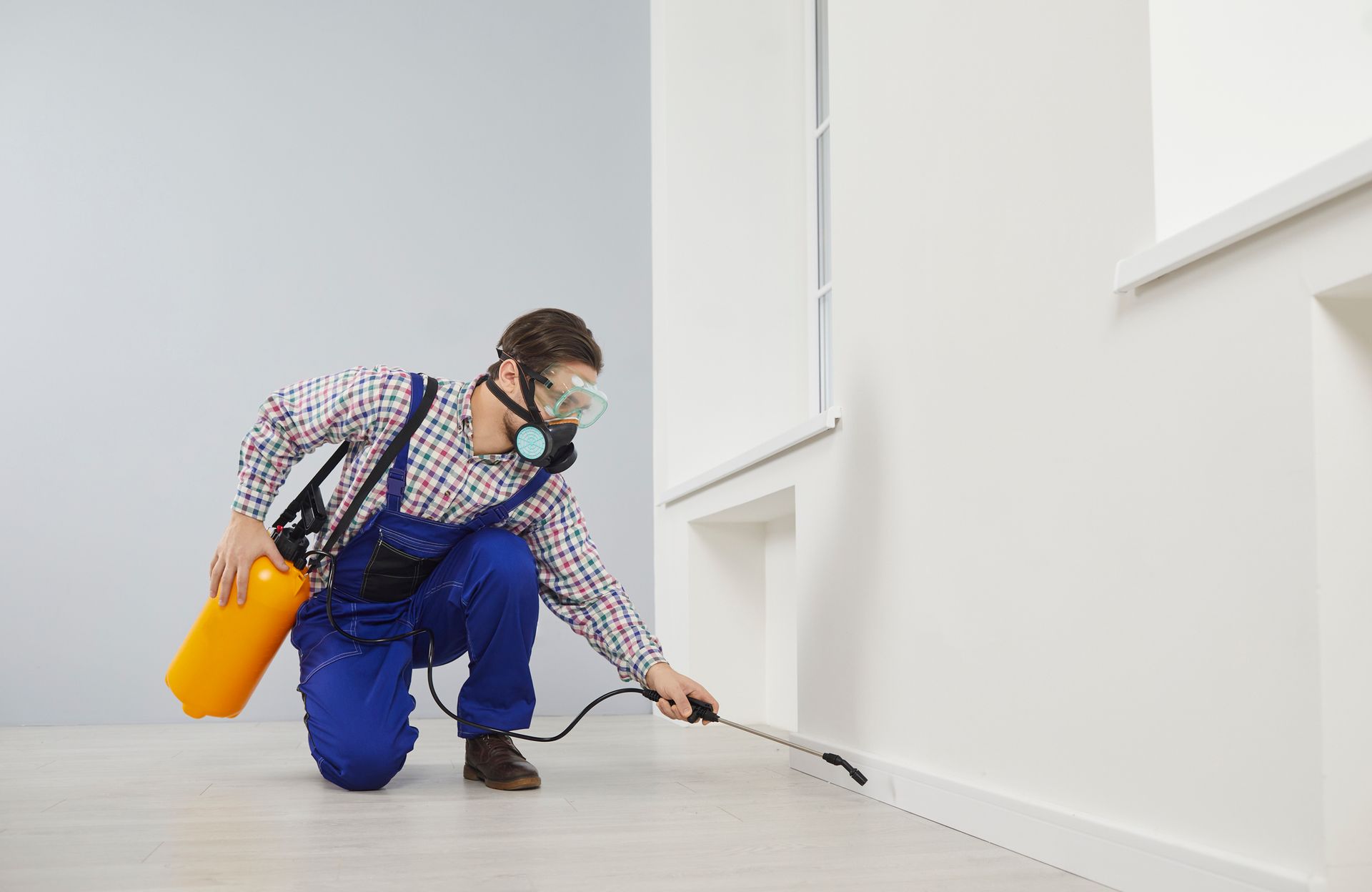A Guide to Stinging Wasps and Hornets
Wasp and Hornet Types in Minnesota Several types of flying insects are also people-stinging insects. Bees, wasps, and hornets (which include yellow jackets) are the main stinging insects that fly around the seven-county metro area of Minneapolis-St. Paul. Why are they here? Wasps and hornets are helpful predators of agricultural pests, while bees cultivate crops and produce honey.
Wasps and related hornets are sleeker bugs than bees. Wasps and hornets tend to have pointed body ends and thin, segmented bodies. Bees often have rounded body ends and plumper abdomens than wasps.
People can mistake yellow jackets for honeybees. Yellow jackets have bright yellow bodies patterned in black shapes that vary by species. The bald-faced hornet is a type of yellow jacket that's black with white or cream-hued patterns on the head and lower abdomen.
Wasps and hornets may be social or solitary insects. Social wasps and hornets build communal nests and hives where they raise young and defend their turf. Solitary wasps and hornets live in single-resident nests, which may be in the sand or soil.
Reasons Why Wasps and Hornets Sting Wasps are not aggressive insects by nature. They typically don’t want anything to do with humans most of the time. However, if you accidentally touch a wasp or make aggressive movements toward a wasp, the wasp becomes defensive and may pursue you.
Wasps and hornets are defensive around their nests. For example, if you run a noisy string trimmer under a wasp nest or over a ground-dwelling yellow jacket nest, a host of angry, provoked insects might buzz around your face. Most hornets will confront and/or attack you when you step within a yard of their nests, even if you go quietly past.
Hornets, including yellow jackets, scavenge voraciously during late summer and fall. The hornets seek out human foods, beverages, and trash. If you're in the way of a hornet's meal, the insect can sting you.
Trying to intimidate a wasp doesn’t typically work. They gather other wasps with pheromones they release when in distress. Fellow wasps detect the pheromone, and your angry wasp quickly has lots of backup. Unlike bees, wasps and hornets can sting you repeatedly.
Allergic Reactions to Wasps and Hornets asps and hornets kill cicadas and other harmful pests. The flying, stinging insects fulfill a vital role in the ecosystem by keeping insect populations in check. However, if you're allergic to wasps or hornets, their role in your personal ecosystem could make you very sick.
Children under the age of 12 have a lower risk of having adverse reactions to insect stings. Adults over the age of 40 are at the highest risk of suffering severe allergic reactions from insect stings when researchers factor in additional risks including heart or lung disease.
Proteins in wasp and hornet venom are the triggers for allergic reactions in humans. Six identified allergens are in wasp venom and two allergens are known to be in hornet venom. Bee allergens are the most abundant identified triggers with over one dozen named bee-venom allergens.
Allergic reactions from wasp and hornet stings range from mild to severe, including anaphylaxis. For non-allergic people who are stung, swelling may be at the sting site. Some localized pain may be present, but no other symptoms will occur after a sting in a non-allergic person.
The following symptoms are signs of an allergic reaction (and need for medical attention) when the symptoms are present after a wasp, bee, or hornet sting:
- Hives and all-over swelling
- Itching all over body
- Abdominal cramps and upset stomach
- Tightness in chest
- Shortness of breath
- Swelling of face, neck, or throat
- Trouble swallowing
- Dizziness
- Passing out
If you've had an allergic reaction to an insect bite before, you have a 60 percent chance of suffering from a similar or more severe reaction the next time you're bitten. If you have a lot of wasps around you at home or work, ask an allergist about tests for allergies and immunotherapy for wasp and hornet stings.
Ways to Avoid Wasp Stings You can avoid wasp stings by sealing up your home's screens, soffits, and window frames. Wasps build in the eaves of the home and often accidentally enter homes through holes in screens and gaps in window frames.
Other ways to avoid wasp stings include the following:
- Don't wear perfumes or fragrances.
- Wear shoes in grassy and wild areas.
- Don't wear floral patterns or bright clothes outdoors.
Call your pest control company to remove wasp and hornet nests on your property. If you have any wasp or hornet nests along walkways, play areas, or busy corners of the yard, someone will likely get stung. Get rid of the angry wasps and hornets in your Minneapolis or St. Paul, Minnesota, yard by contacting Paffy's Pest Control today.















